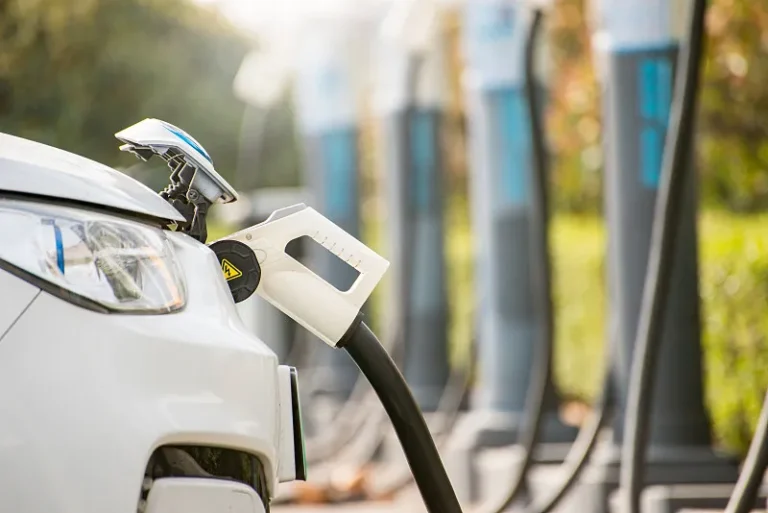Hybrid and range-extended Cars: Usage and Maintenance Guide
Key Usage Tips
1. Set the State of Charge (SOC) Appropriately
2. Force Electric Mode
PHEV batteries usually retain a reserve of 20–25% in Sport mode or 10–15% in Eco mode to prevent complete depletion. However, in certain cases, such as the last few kilometers before reaching a charging station, you might prefer not to use fuel at all.
Most vehicles allow users to force electric mode. Simply switch to Eco mode and hold the EV button or lever for a few seconds. This action adjusts the threshold and ensures the ICE remains inactive. Additionally, it’s advisable to perform a deep discharge and recharge cycle periodically to prolong battery life and maintain its efficiency.

3. Perform Balanced Charging
Regular deep balanced charging is crucial for PHEVs, range-extended vehicles, and pure EVs. Over time, variations in individual battery cell capacities can cause discrepancies. This results in some cells reaching their maximum voltage sooner, tricking the system into thinking the battery is fully charged when it isn’t.
Balanced charging corrects these discrepancies. After the battery reaches full charge, don’t unplug it immediately. Instead, let the car enter balanced charging mode, either automatically or through manual activation. This process may take up to 10 hours and helps restore capacity, improve range, and address potential battery issues. Using a home charging station makes this process easier.

Maintenance Tips
Maintaining PHEVs and range-extended vehicles is relatively straightforward. Here are the main points to consider:
1. Electric System Maintenance
The electric motor, battery pack, and electronic control systems don’t require regular maintenance. Instead, periodic inspections are sufficient. These components are typically replaced as complete units if damaged, saving users from repair hassles. Monitoring battery capacity decline is key, as reaching the manufacturer’s threshold qualifies for a replacement under warranty.

2. Internal Combustion Engine Care
Since PHEV engines are used less frequently, their maintenance needs differ from traditional cars. Engine oil types—full synthetic, semi-synthetic, and mineral—are categorized by lifespan rather than quality. Choosing the right oil depends on mileage and usage patterns, not necessarily the most expensive option.
For instance, if a PHEV drives only 1,000–2,000 kilometers annually in hybrid mode, mineral oil may suffice, even for turbocharged engines. Oil replacement can be extended to two years under these conditions, optimizing costs without compromising performance.

3. General Maintenance
Other maintenance tasks align with those of traditional vehicles, though PHEVs without a transmission require fewer services at longer intervals. Regular checks and timely replacements ensure optimal performance and longevity.
Conclusion
Understanding the unique operational and maintenance needs of plug-in hybrid and range-extended cars can maximize their efficiency and lifespan. By adopting best practices like balanced charging, forced electric mode, and mindful engine care, you can enjoy the benefits of these innovative cars while minimizing costs and ensuring a smoother driving experience.
If you have a need to buy a used car, or if you run a used car business, we’re here to help. As a leading exporter with over 20 years of experience, DDong Used Cars offers a wide range of vehicle brands (100+), efficient logistics, and after-sales support.
Contact us today to learn more. Simply let us know what you’re looking for, and we’ll provide you with an unmatched sourcing experience. Explore our news section for more automotive insights and tips for running a successful dealership.








